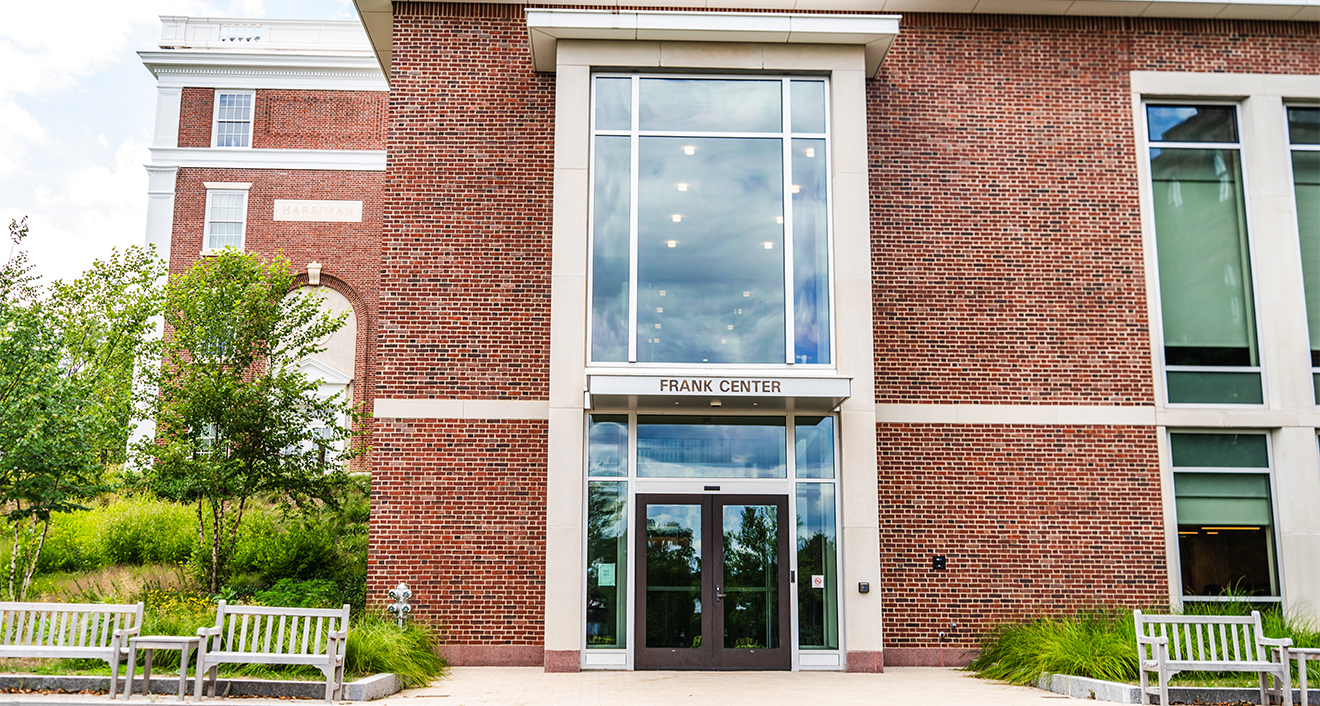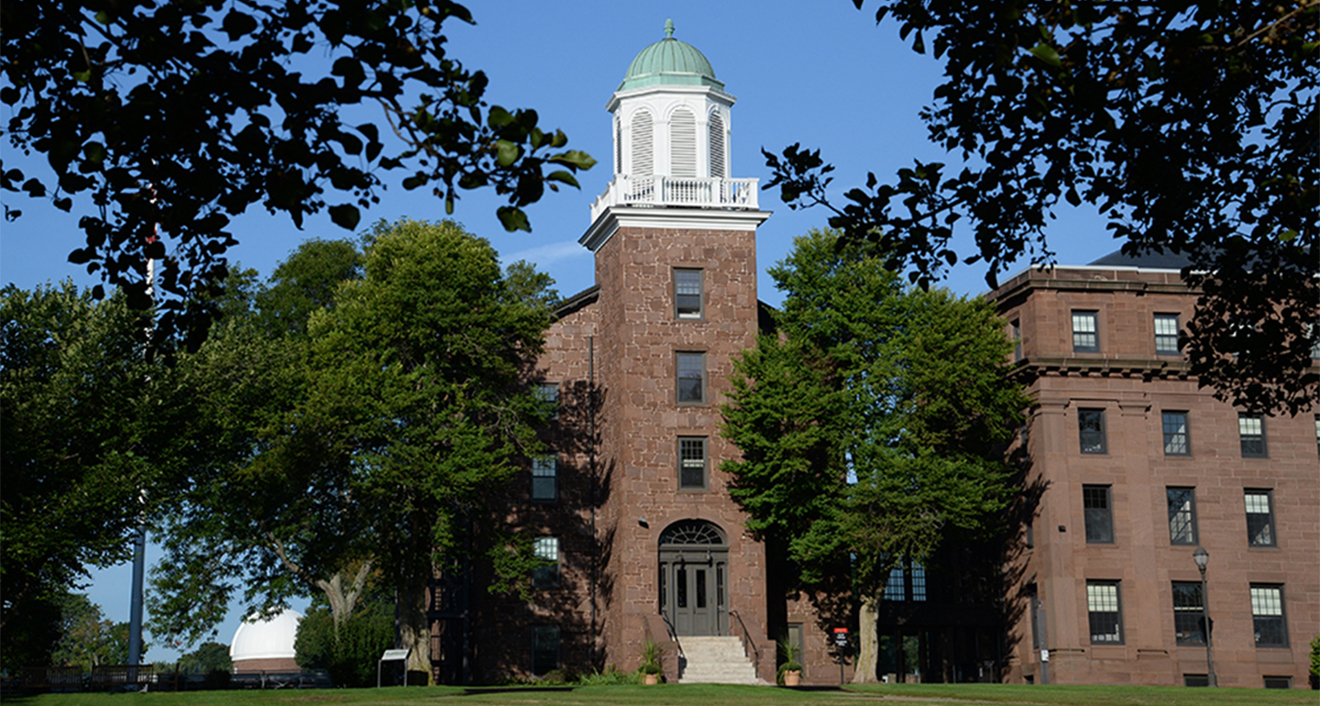
Study: News Coverage, Race, and DEI

In 2020, local TV news outlets paid outsized attention to the issue of racial justice related to George Floyd’s death and health disparities exposed by the COVID-19 pandemic. Just a few years later, counter-messaging in opposition to DEI has eclipsed that coverage, reaching the same level of attention, said Wesleyan researchers.
The research team started tracking coverage of COVID health disparities during the same year that Floyd’s death sparked mass protests and a debate about structural racism. “You have these two very serious events that overlap [and] lay bare to everyone—not just the researcher community who had been documenting racial inequalities in health outcomes for a long time—how these two things are interconnected,” said Erika Franklin Fowler, co-director of Wesleyan Media Project and co-author of the research conducted by the Collaborative on Media Messaging for Health and Social Policy (COMM).
To conduct their study, the COMM team analyzed keywords in news coverage by over 800 local stations nationwide from 2020 through spring 2025. Those keywords included “structural racism,” “critical race theory,” and “DEI,” among others. While coverage of issues related to structural racism was quite prominent in 2020, it began to decline in tandem with the gubernatorial race in Virginia, when Gov. Glenn Youngkin campaigned against critical race theory. “I think anytime you have a dominant message in the public sphere, you will have strategic actors who seek to change the conversation in a direction that might be more favorable to their political view,” said Fowler, who is also a professor of government.
While local news coverage in opposition to racial justice efforts had started rising before President Donald Trump took office in 2025, it spiked significantly thereafter. The mix of executive orders opposing DEI and subsequent news coverage spurred a dramatic shift. In mid-2025, there were more than 600 stories with mentions of DEI compared to 800 stories about structural racism in 2020. “It's noteworthy that the recent attention to DEI is nearly as large as the initial coverage of racial injustice,” said Fowler.
The finding confirms a pattern of progress on social justice followed by a period of backlash. While there is some evidence that this backlash has eroded support for racial justice initiatives, it is notable, however, that coverage of DEI is more likely to be contested by advocates speaking out against rollbacks and that most Americans disapprove of ending DEI policies. Further, experimental studies by the COMM team have found that there are ways to talk about racial equity that bolster support for those policies without producing backlash, said Fowler.
In related research, published in Urban Affairs Review, Fowler and co-authors found an association between local declarations of racism as a public health threat and local news attention to the topic of racism. In the aftermath of Floyd’s death and the pandemic, these declarations occurred in counties, cities, and states across the nation. The research team studied the declarations, local political dynamics, and media attention to racism between 2020 and 2023.
“We found that media markets with higher voting patterns for Trump in 2016 were less likely to enact declarations, while larger media markets and those with higher infant mortality rates were more likely to enact declarations at the city level,” said Sarah Gollust ‘01, co-author and professor of health policy and management at University of Minnesota School of Public Health. The declarations led to significant increased media attention to racism, though it was short-lived.
“These large increases in attention to racism in local TV news following the declarations might have shaped public perceptions in ways that we don't entirely understand,” said Gollust, “but that might continue to be important as we consider the ongoing political issues surrounding health, equity, and racial disparities in today's climate.”
Combined, these findings are significant because consumers tend to trust local news, and there is a feedback loop between public opinion, media coverage, and elite messaging, said Fowler.
“The more the media shines a spotlight on specific issues, the more likely the public is to think about those issues and to think they're important and to think that we should do something about them,” she said. “Understanding the landscape and how the messaging has changed over time is important for advocates and opponents who are looking to change the landscape going forward.”
COMM is a partnership between Wesleyan, Cornell University, and the University of Minnesota. The report on tracking news attention was also co-authored by Meiqing Zhang, Natália de Paula Moreira, Breeze Floyd, Steven Moore, Yujin Kim, Furkan Cakmak, Neil Lewis, Jr., Jeff Niederdeppe, and Sarah Gollust. The Urban Affairs Review study was co-authored by de Paula Moreira, Floyd, and Moore.




